Classroom Resources
Energy Resources for Teachers
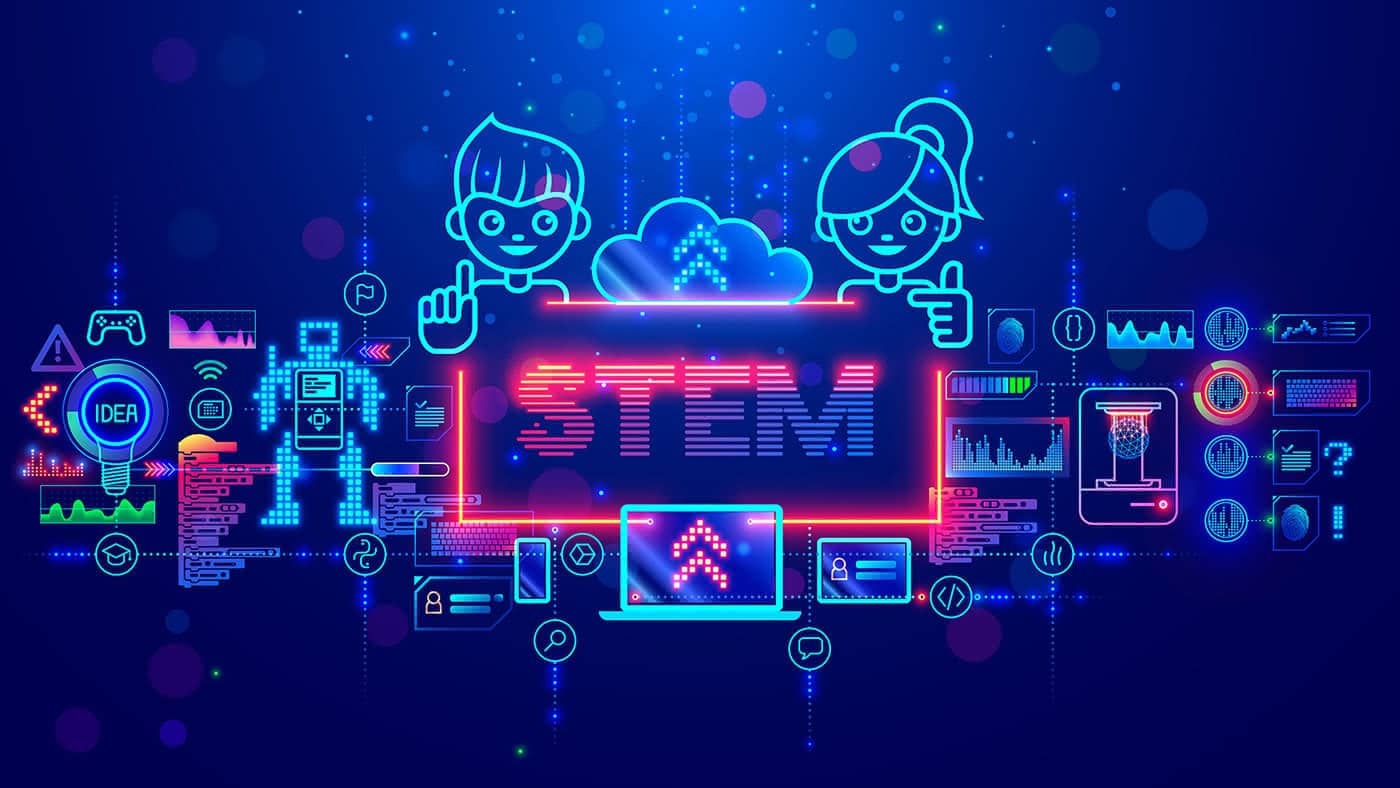
Plan Your Lesson: STEM Activities for Your Students
Use the filter to find lessons that match the STEM or STEAM standards you want to teach.
- Science
Biogas from Biomass
Energy Sources, Forms and TransformationScience and TechnologyPersonal and Social PerspectivesScienceBlue Flame Energy
Energy Sources, Forms and TransformationScience and TechnologyPersonal and Social PerspectivesScienceBuild a Natural Gas Pipeline
Science and TechnologyPersonal and Social PerspectivesScienceLayered Lunch
Science as InquiryScience and TechnologyPersonal and Social PerspectivesScienceNatural Gas Mix And Match
Science as InquiryEnergy Sources, Forms and TransformationScience and TechnologyPersonal and Social PerspectivesScienceNatural Gas Safety Checklist
Science as InquiryPersonal and Social PerspectivesScience and TechnologyEnergy Sources, Forms and TransformationScienceNatural Gas Safety Decal
Science as InquiryPersonal and Social PerspectivesScienceNatural Gas Safety Haiku
Science as InquiryPersonal and Social PerspectivesScienceProperties of Natural Gas
Energy Sources, Forms and TransformationScience as InquiryScienceWhere Do Fossil Fuels Come From
Energy Sources, Forms and TransformationScience and TechnologyScience as InquiryPersonal and Social Perspectives - Technology
Biogas from Biomass
Communication ToolsResearch ToolsProblem Solving and Decision Making ToolsTechnologyBlue Flame Energy
Communication ToolsProblem Solving and Decision Making ToolsProductivity ToolsResearch ToolsTechnologyBuild a Natural Gas Pipeline
Communication ToolsResearch ToolsProblem Solving and Decision Making ToolsTechnologyNatural Gas Mix And Match
Productivity ToolsCommunication ToolsTechnologyNatural Gas Safety Checklist
Communication ToolsProblem Solving and Decision Making ToolsProductivity ToolsResearch ToolsTechnologyNatural Gas Safety Decal
Communication ToolsResearch ToolsTechnologyNatural Gas Safety Haiku
Productivity ToolsCommunication Tools - Engineering
Biogas from Biomass
Invention and InnovationTest Design and TroubleshootingUse and MaintainEngineeringBlue Flame Energy
Historical PerspectiveDesign and ModelingInvention and InnovationTest Design and TroubleshootingUse and MaintainEngineeringNatural Gas Mix And Match
Historical PerspectiveEngineeringNatural Gas Safety Checklist
Historical PerspectiveEngineeringNatural Gas Safety Decal
Historical PerspectiveEngineeringNatural Gas Safety Haiku
Historical Perspective - Math
Biogas from Biomass
Connection to the Real WorldMathBlue Flame Energy
Numbers and OperationsData Analysis and ProbabilityConnection to the Real WorldMathBuild a Natural Gas Pipeline
Numbers and OperationsMeasurementData Analysis and ProbabilityConnection to the Real WorldMathNatural Gas Mix And Match
Connection to the Real WorldMathNatural Gas Safety Checklist
Numbers and OperationsData Analysis and ProbabilityConnection to the Real WorldMathNatural Gas Safety Decal
Connection to the Real WorldMathProperties of Natural Gas
Measurement - Activities
Acrostic Poem
ActivitiesBiogas from Biomass
Energy Sources, Forms and TransformationScience and TechnologyPersonal and Social PerspectivesCommunication ToolsResearch ToolsProblem Solving and Decision Making ToolsInvention and InnovationTest Design and TroubleshootingUse and MaintainConnection to the Real WorldActivitiesBlue Flame Energy
Energy Sources, Forms and TransformationScience and TechnologyPersonal and Social PerspectivesCommunication ToolsProblem Solving and Decision Making ToolsProductivity ToolsResearch ToolsHistorical PerspectiveDesign and ModelingInvention and InnovationTest Design and TroubleshootingUse and MaintainNumbers and OperationsData Analysis and ProbabilityConnection to the Real WorldActivitiesBuild a Natural Gas Pipeline
Science and TechnologyPersonal and Social PerspectivesCommunication ToolsResearch ToolsProblem Solving and Decision Making ToolsNumbers and OperationsMeasurementData Analysis and ProbabilityConnection to the Real WorldActivitiesLayered Lunch
Science as InquiryScience and TechnologyPersonal and Social PerspectivesActivitiesNatural Gas and Safety
ActivitiesNatural Gas Code
ActivitiesNatural Gas Mix And Match
Science as InquiryEnergy Sources, Forms and TransformationScience and TechnologyPersonal and Social PerspectivesProductivity ToolsCommunication ToolsHistorical PerspectiveConnection to the Real WorldActivitiesNatural Gas Safety Checklist
Science as InquiryPersonal and Social PerspectivesScience and TechnologyEnergy Sources, Forms and TransformationCommunication ToolsProblem Solving and Decision Making ToolsProductivity ToolsResearch ToolsHistorical PerspectiveNumbers and OperationsData Analysis and ProbabilityConnection to the Real WorldActivitiesNatural Gas Safety Decal
Science as InquiryPersonal and Social PerspectivesCommunication ToolsResearch ToolsHistorical PerspectiveConnection to the Real WorldActivitiesNatural Gas Safety Haiku
Science as InquiryPersonal and Social PerspectivesProductivity ToolsCommunication ToolsHistorical PerspectiveActivitiesNatural Gas Solve It
ActivitiesNatural Gas Word Search
ActivitiesProperties of Natural Gas
Energy Sources, Forms and TransformationScience as InquiryMeasurementActivitiesWhere Do Fossil Fuels Come From
Energy Sources, Forms and TransformationScience and TechnologyScience as InquiryPersonal and Social Perspectives

Booklet Resources
Build your knowledge using the activity booklet. Click on the booklet and learn how you can help your students be Energy Safe Kids.
Student Booklet
UGI Student Booklet 2025
Flag Chart
Elecctric -Home safety checklist
Natural Gas home safety checklist

Online Household Safety Survey
After you have completed your lesson, please have your students use the online Household Safety Survey to help them learn about household safety.

The Energy Safe Kids Poster Contest is a student poster contest which is sponsored by UGI Utilities, Inc. and developed by the National Energy Foundation (NEF). The purpose of the contest is to share and promote the Common Ground Alliance (CGA) Call 811 message. It is designed to combine a student’s originality and artistic talent with his or her ability to share the important message: Know what’s below, Call 811 before you dig.
Students can Think! about energy issues, Talk! to adults about those issues and Take Action! when needed. They understand the ways to protect themselves, their families and communities from potentially dangerous situations where energy sources are present. One of the most effective ways students and their families guard against unsafe practices is to follow the 811 rule.
The 811 rule is easy and applies to everyone: individuals, families, neighborhoods and even the construction industry. Simply put, the rule is Call 811 before you dig. This easy practice helps protect our environment and provides damage prevention to pipelines below ground.
Every state has a system of marking property with colored flags or paint to show above the ground where pipelines are below the ground. The phone number for every state is the same – 811. When 811 is called, a locator comes to the site and marks underground lines, pipes and cables. This practice ensures that those that dig in the ground do not hit underground pipelines and create an unsafe environment for a community.
This contest provides teachers an easy way to incorporate safety education into classroom curriculum. The teacher’s role is to help students understand the reasons why calling 811 is an important part of energy safety for neighborhoods. This can be accomplished by using the NEF Natural Gas Safety Poster and viewing the 811 Pirate Video to inspire poster designs.
Energy Safe Kids Poster Contest Flier
Posters
These posters, submitted by students for the Energy Safe Kids Poster Contest Contest, showcase their creativity and understanding of the message. Through their artwork, students promote energy safety and emphasize the importance of protecting their communities.
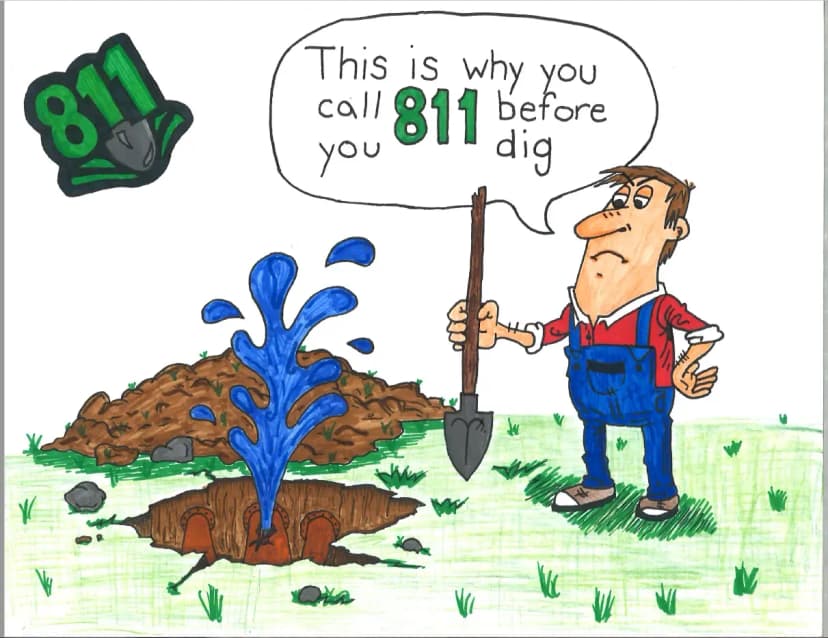
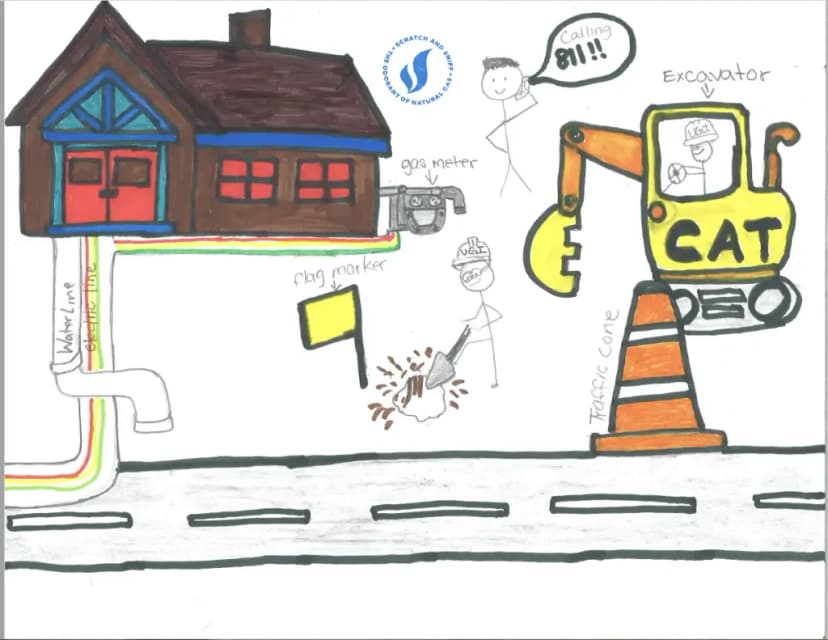
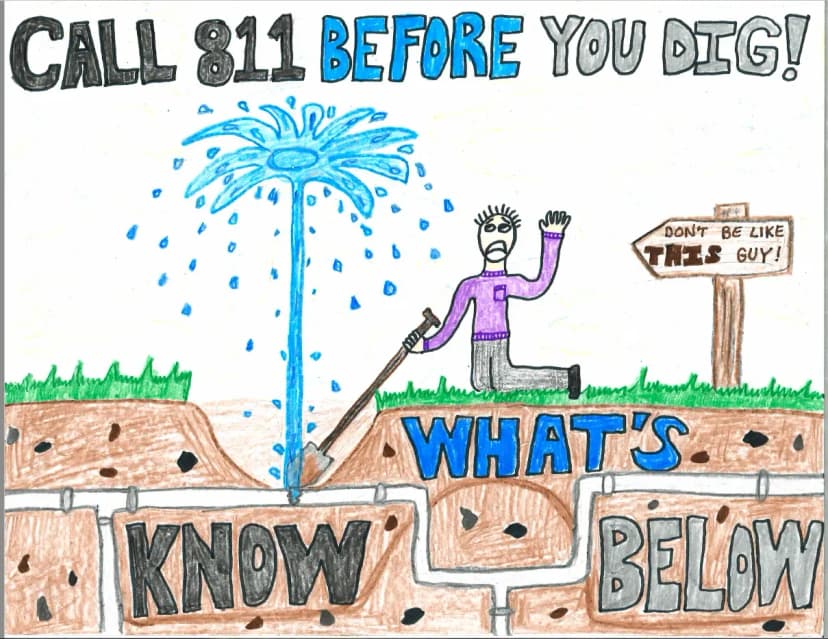
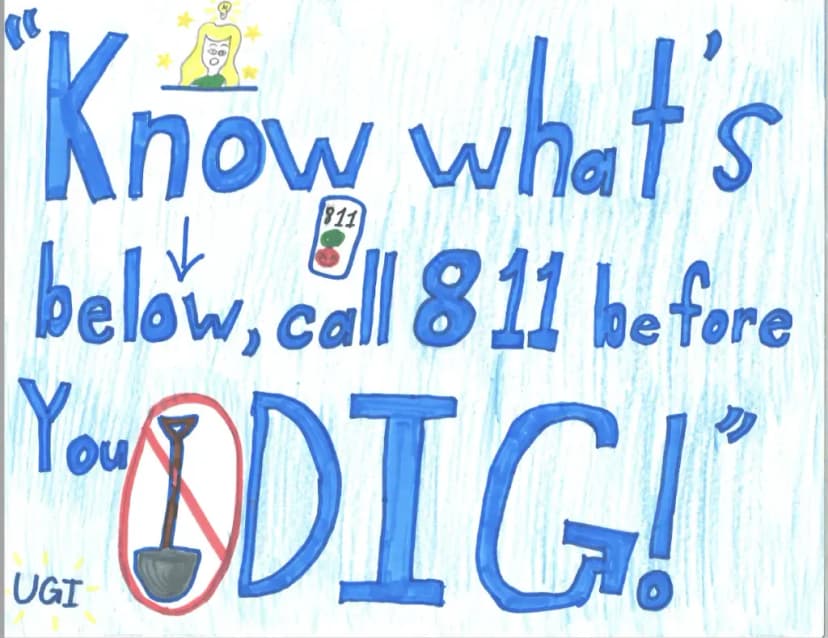

Natural Gas Careers
Students can discover their strengths and interests and then explore career possibilities that would be satisfying and a good match with their abilities. There is a high demand for workers in the energy field to help provide our energy needs for the future.
There are many opportunities with excellent wages, from high-tech jobs requiring advanced degrees to those only requiring high school diplomas. Whether a person wants to work in an office or outdoors, there is an energy career to consider! Visit your local utility's website to learn more about career paths and energy careers in your community.
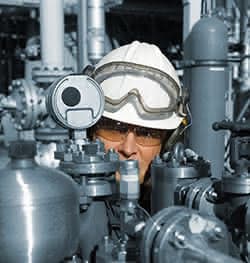
Natural gas technicians install and repair natural gas pipe systems and their controls. A natural gas technician can start with a high school diploma. Salary range: $38,000 to $60,000

Power plant operators are in charge of operating and controlling the equipment that generates power in coal, nuclear gas and other power plants. A high school diploma is necessary and a two year degree is optional. Salary range: $44,000 to $93,000

Engineers design schematics of pipeline distribution systems. This can include not only the schematics of gas mains but also planning alterations to roadways and new stations. Salary range: $61,000 to $102,000

Some accountants are directly involved in preparing an organization’s financial statements, doing payroll and paying bills. Other accountants work with a corporation’s management in analyzing costs of operations, products and special projects. Salary range: $50,000 to $137,000
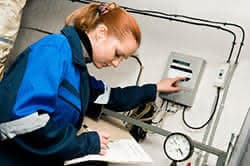
Energy auditors complete estimations and inspections for energy equipment and the construction of buildings to make them energy efficient. They prepare reports summarizing energy analysis results and recommendations for reducing energy costs. Salary range: $44,000 to $106,000
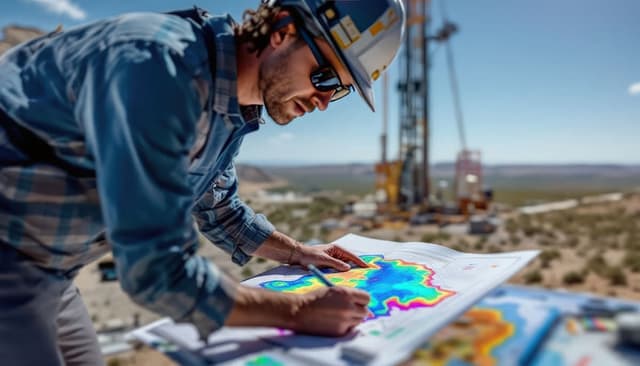
Geophysicists study the earth’s physical properties to help locate natural resources like groundwater, natural gas or petroleum. Modern geophysicists study snow and ice, the oceans and volcanic features of the earth. Salary range: $53,000 to $173,000

When working in customer service, the representative is the contact between customers and their energy company. This involves fielding customers’ questions, complaints and performing data entry to log the issues with the departments responsible for supplying solutions. Salary range: $41,000 to $61,000
Community relations involves planning and organizing activities tailored to the needs of local communities. They foster good relations between the energy company businesses, and customers. Salary range: $45,000 to $91,000
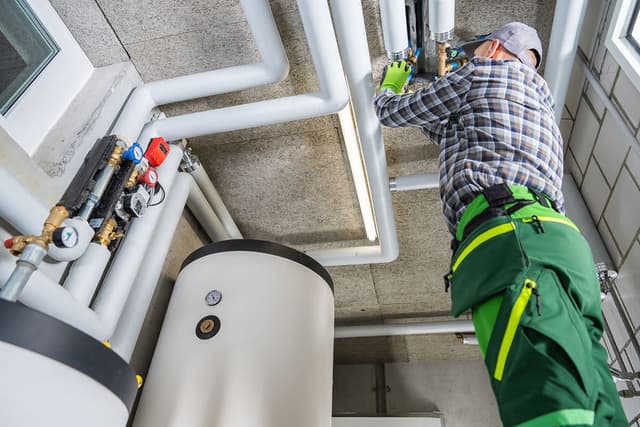
A heating, ventilation and air-conditioning (HVAC) technician installs, repairs and maintains climate control systems. These can be air-conditioning units, heating units, ventilation conduits and refrigeration equipment. Salary range: $37,000 to $84,000
A meter technician, installs and replaces meters as well as maintains them. Salary range: $41,000 to $47,000

Surveying and mapping technicians collect data and create maps of the earth's surface to support construction, mining, boundary location and other purposes. Salary range: $37,000 to $70,000
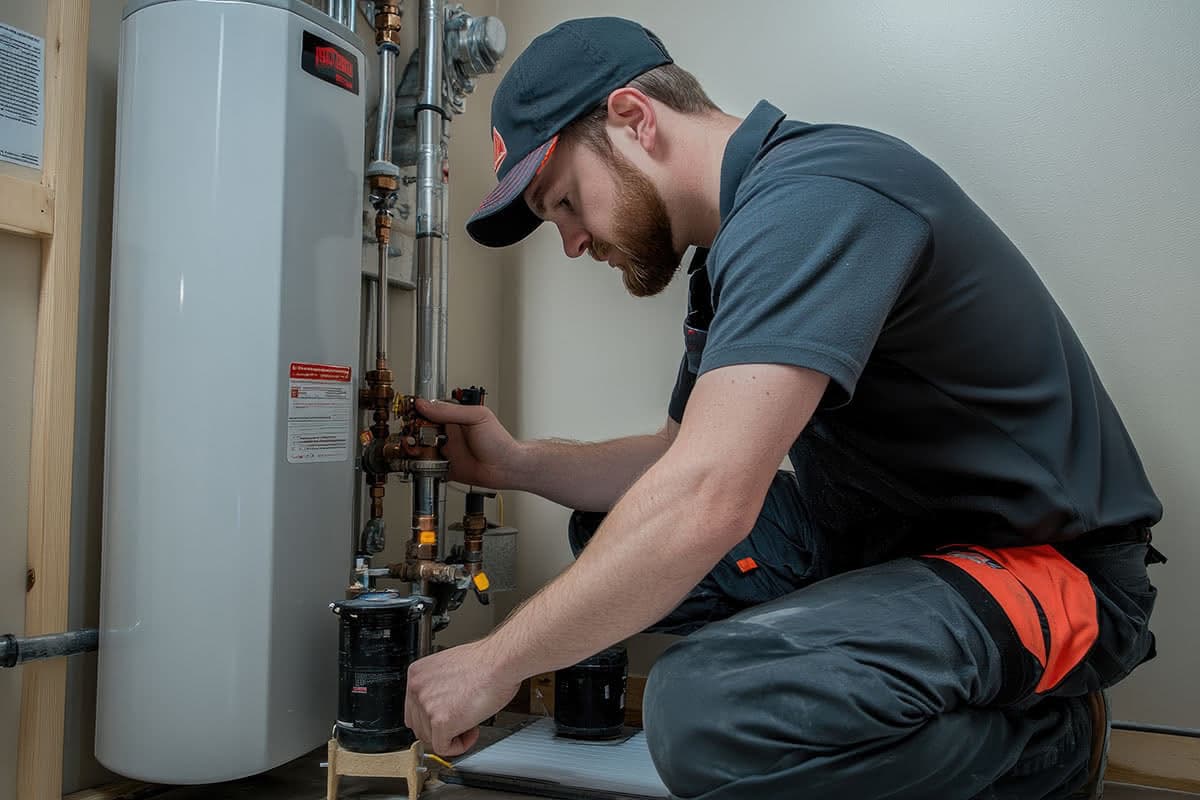
A pipefitter is a tradesperson who installs, maintains and repairs piping systems for a variety of purposes, including heating, cooling, ventilation, fuel and chemicals. Salary range: $50,000 to $59,574